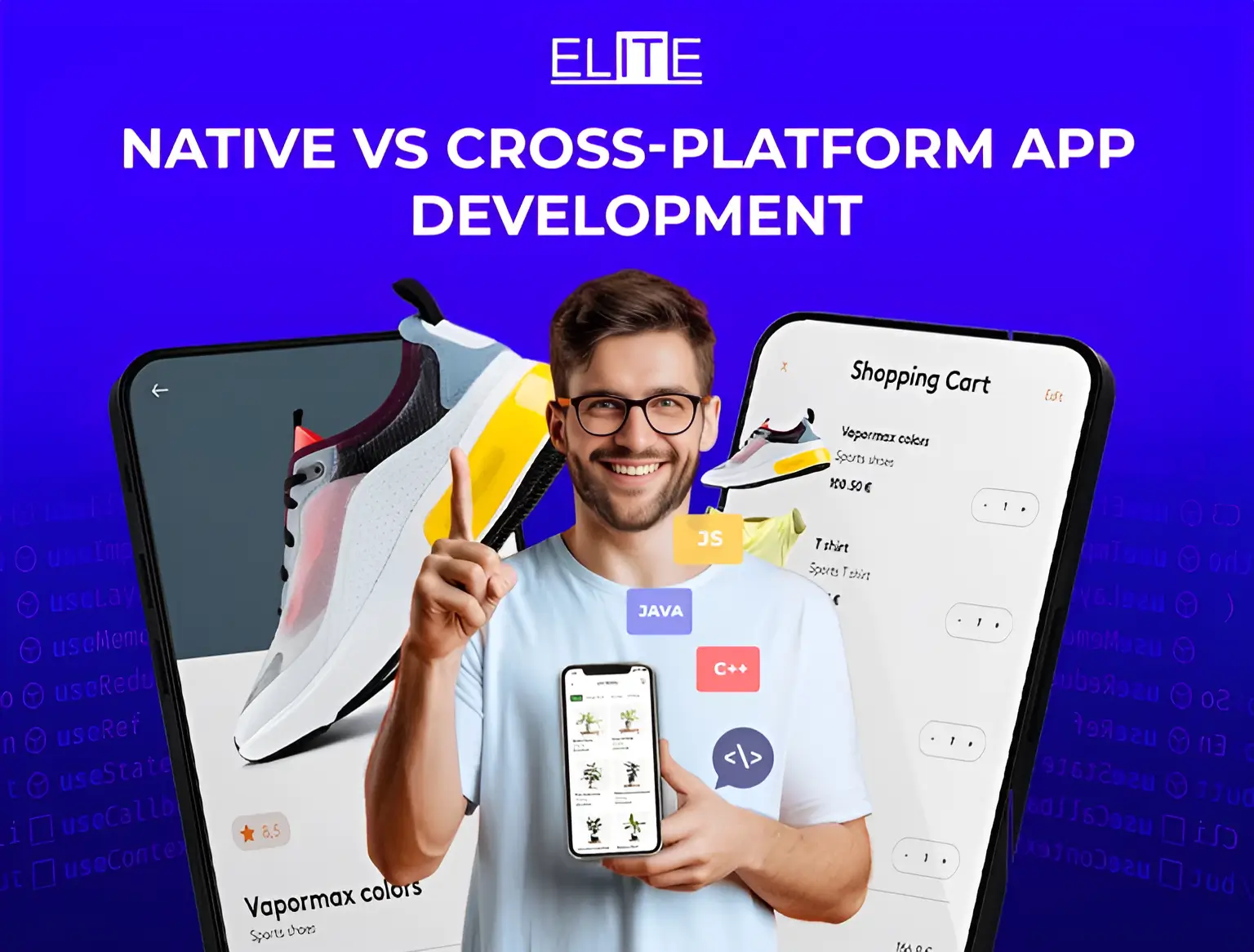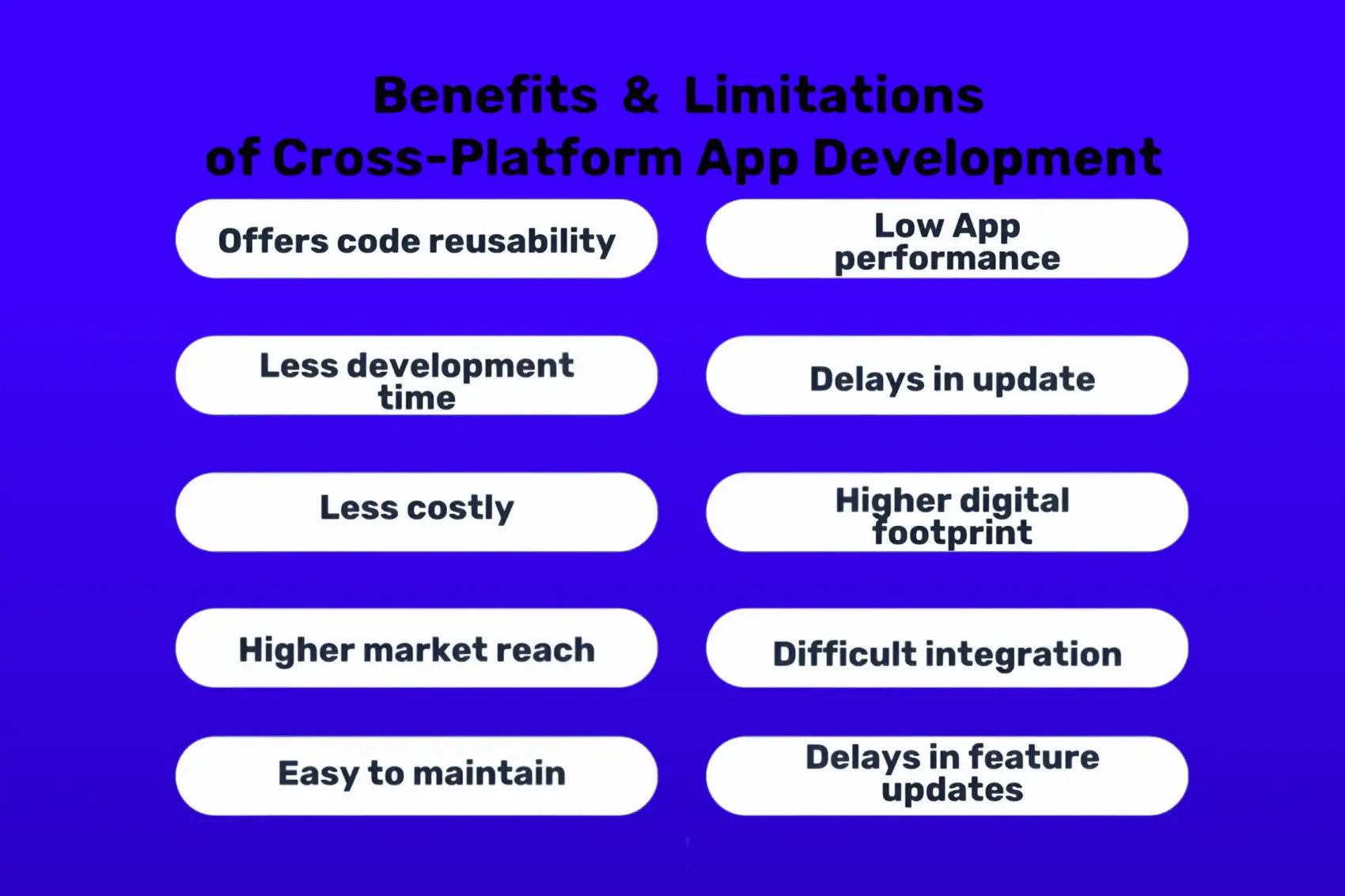In today’s mobile-first world, having a strong app presence is crucial for businesses of all sizes. But with so many options available, deciding between native vs cross-platform app development can be a challenge.
Native apps, built using platform-specific languages like Swift for iOS or Java for Android, offer unparalleled performance, user experience, and access to device functionalities. Cross-platform apps, on the other hand, utilize a single codebase that can be deployed across multiple platforms. Both approaches have their own strengths and weaknesses, and the ideal choice depends on your specific needs and goals.
This blog dives deep into the latest trends in native vs cross-platform app development for 2025. We’ll explore the advantages and disadvantages of each approach, helping you make an informed decision for your next mobile app project. So, buckle up and get ready to unlock the secrets to successful mobile app development.

























